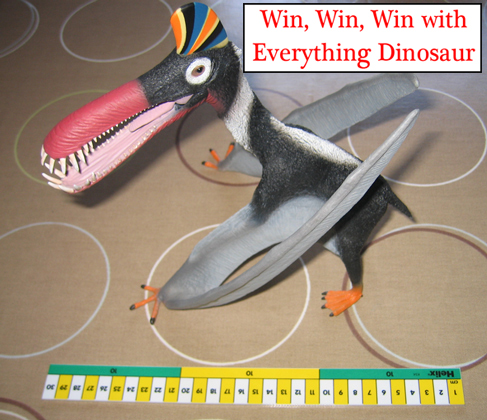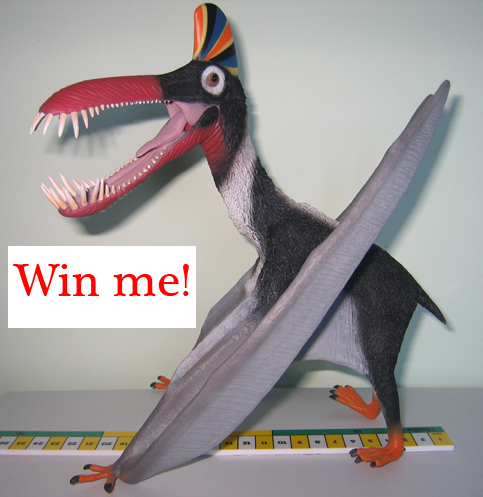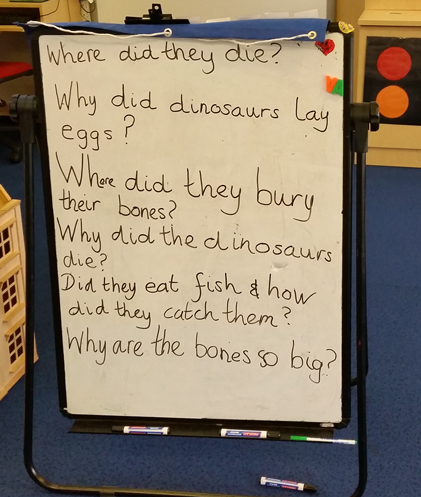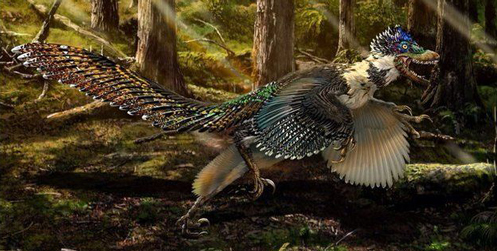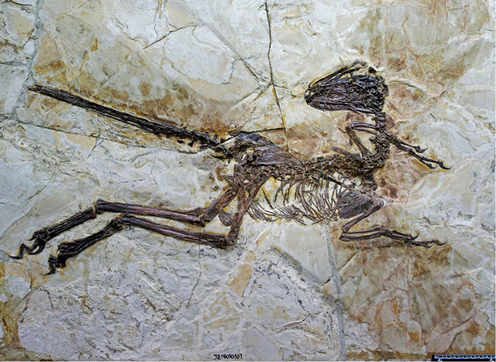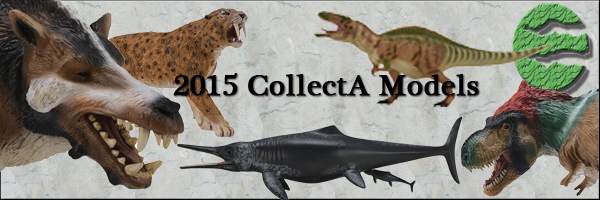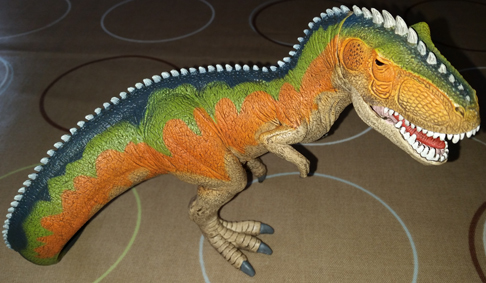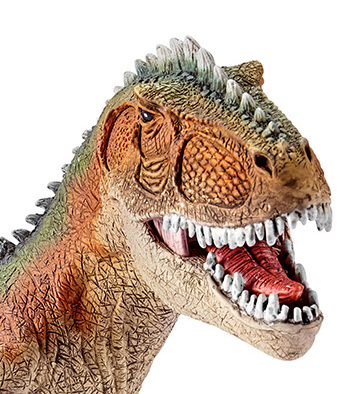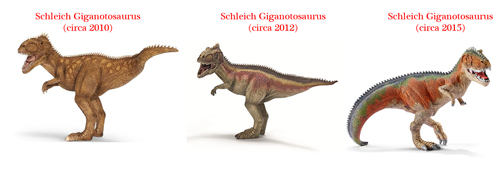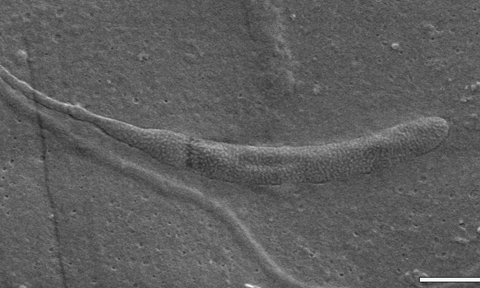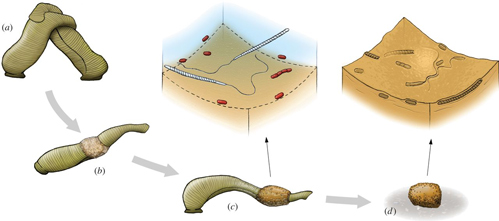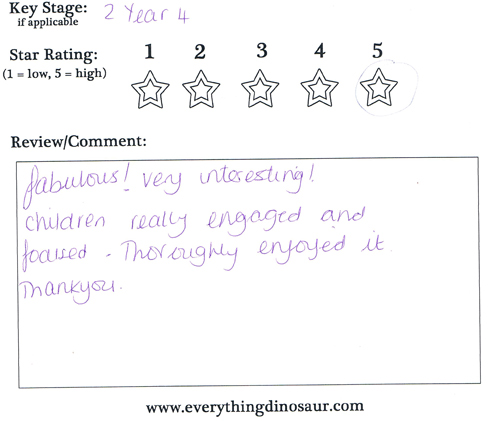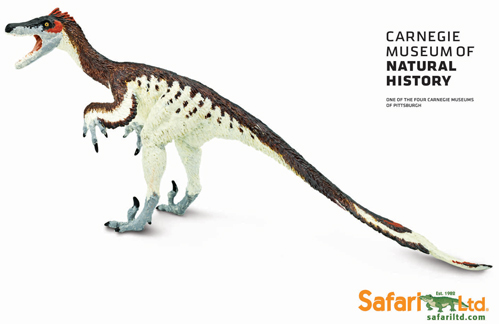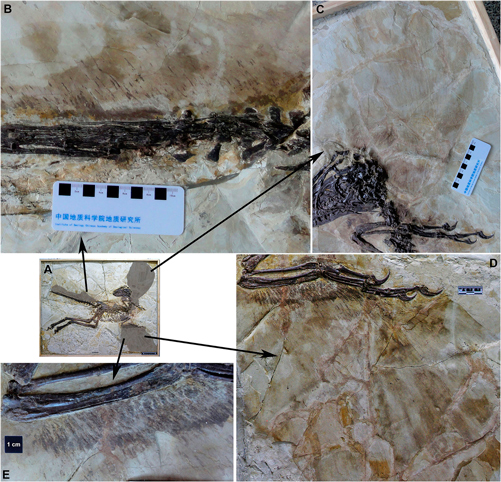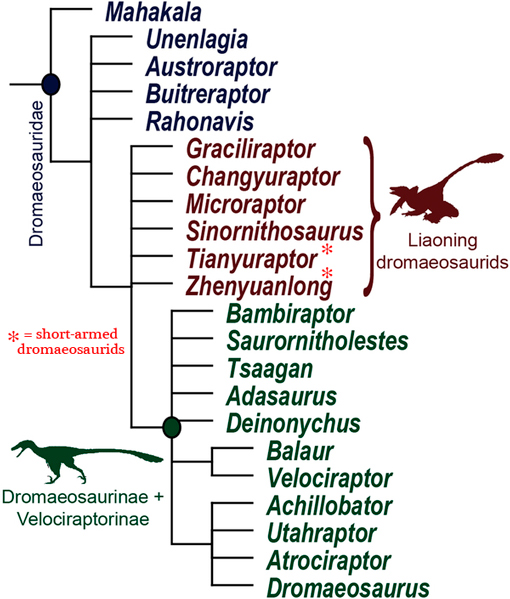Helpful Dinosaur Workshops Aid Reading and Literacy
Dinosaur Workshops Aid Reading and Literacy in Schools
A dinosaur themed term topic might be introduced into a school’s scheme of work with Key Stage 1 and Key Stage 2 to help the children learn about the properties of light, rocks, the age of the Earth and to gain an appreciation of scientific working. However, as dinosaurs and prehistoric animals fire the imagination, this term topic can also do wonders for a child’s confidence in reading and their writing skills. As Everything Dinosaur team members visit schools to deliver dinosaur and fossil themed workshops, we are keen to add activities and extensions that encourage children to write.
Thank You Letters to Everything Dinosaur
An example of our work with schools, a typical extension activity, is to ask the children to send in thank you letters to our dinosaur expert. They can also include questions that they think of as well. Writing a thank you letter dovetails nicely into the PSHE (personal, health and social education) of the national curriculum and it helps children gain confidence with sentence construction and the layout of written communications. Letter writing also permits individual working and the teacher can see how much a child has learned as he/she has followed the term topic. Letter writing makes a good, follow up exercise for the children immediately after any recall and recount activity once the dinosaur workshop has finished.
A Thank You Letter from Jayden
Picture credit: Everything Dinosaur
Dinosaur Themed Term Topic
Another simple activity that involves independent learning is to have the children research individual prehistoric animals. Explain to the children what the term dinosaurs actually means (fearfully great or terrible lizards). Then, use an example such as Tyrannosaurus rex (pronounced tie-ran-oh-sore-us rex), which means “Tyrant Lizard King”. Set an exercise for the children where they can research different dinosaurs and write an explanation as to how that dinosaur got its name.
Here is an example from Amy (Year 2) – part of a dinosaur themed term topic:
- Triceratops (Try-sera-tops)
- Means: Three Horned Face
- Explanation: “This big plant-eating dinosaur had three horns on his face, two big ones over his eyes and a little one over his nose.”
A picture of the dinosaur can be provided, feel free to contact Everything Dinosaur, as our experts are happy to email over drawing materials and fact sheets to schools and home educators.
Contact Everything Dinosaur team members: Contact Everything Dinosaur.
The picture of the prehistoric animal can be labelled by the child and perhaps more capable learners can provide additional facts and information on that dinosaur via discovery learning.
For More Confident and Capable Learners
* More confident and capable learners can be challenged to design their own dinosaur and to come up with an explanation for the name that they give it, here’s an example from Matthew:
- Boneahsaurus (Bone-ah-saw-us)
- Means: Very Bony Lizard
- Explanation: “When scientists found this dinosaur they were amazed at how many bones it had in its skeleton.”
Matthew even provided a lovely drawing of his dinosaur, it did look very bony. Glad we did not have the job of assembling all those bones.
As dinosaurs are rarely out of the media these days and with most children having a fascination for these prehistoric animals, dinosaurs as a term topic provides plenty of scope for a creative, imaginative and very rewarding scheme of work for the class.
To learn more about Everything Dinosaur’s range of dinosaur themed term topic resources including toys and gifts: The Everything Dinosaur Website.



